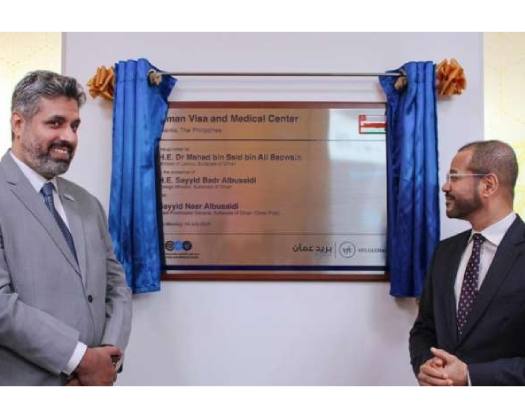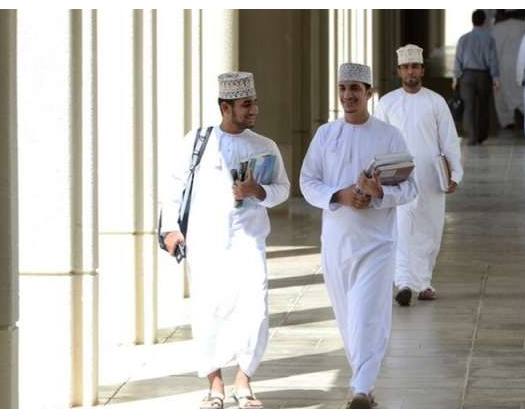Australia is set to implement stricter visa regulations for foreign students starting this week, in response to record-high migration numbers that are expected to worsen the already tight rental market.
Effective Saturday, there will be an increase in English language requirements for student and graduate visas, along with the authority for the government to suspend education providers from enrolling international students if they repeatedly violate regulations.
According to a statement by Home Affairs Minister Clare O'Neil, these measures are part of the government's efforts to reduce migration levels and address issues within the current system.
Additionally, a new "genuine student test" will be introduced to deter international students who intend to work in Australia rather than study, and more visitor visas will have "no further stay" conditions imposed on them.
These changes come after a series of actions taken last year to eliminate COVID-era concessions introduced by the previous administration, such as unlimited working hours for international students.
The Australian government announced plans to tighten regulations for students, aiming to reduce its migrant intake by 50% within a two-year period. This decision came after Australia increased its annual migration numbers in 2022 to address labor shortages caused by the COVID-19 pandemic and strict border controls. These controls had prevented foreign students and workers from entering the country for almost two years.
However, the sudden influx of foreign workers and students has put additional strain on an already limited rental market. Recent data from the Australian Bureau of Statistics revealed that net immigration surged by 60% to a record-breaking 548,800 individuals in the year leading up to September 30, 2023. This figure surpassed the 518,000 people who arrived in the country between July 2022 and June 2023.
As a result, Australia's population experienced a remarkable 2.5% increase, reaching 26.8 million people by September of the same year. The surge in migration, primarily driven by students from India, China, and the Philippines, has expanded the labor pool and alleviated wage pressures. However, it has also exacerbated the already tight housing market, with rental vacancies remaining at record lows and elevated construction costs limiting new housing supply.
According to O'Neil, the government's measures taken since September have resulted in a decrease in migration rates, as evidenced by a 35% drop in international student visa approvals compared to the previous year.













